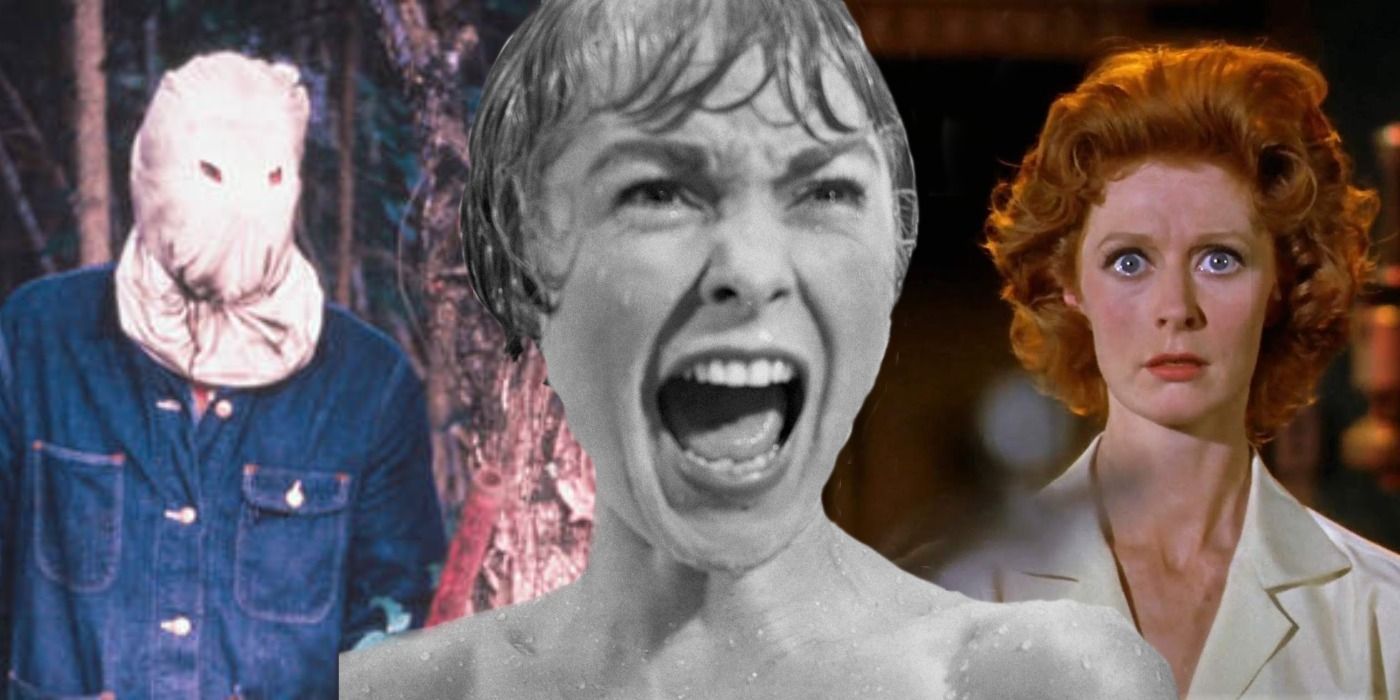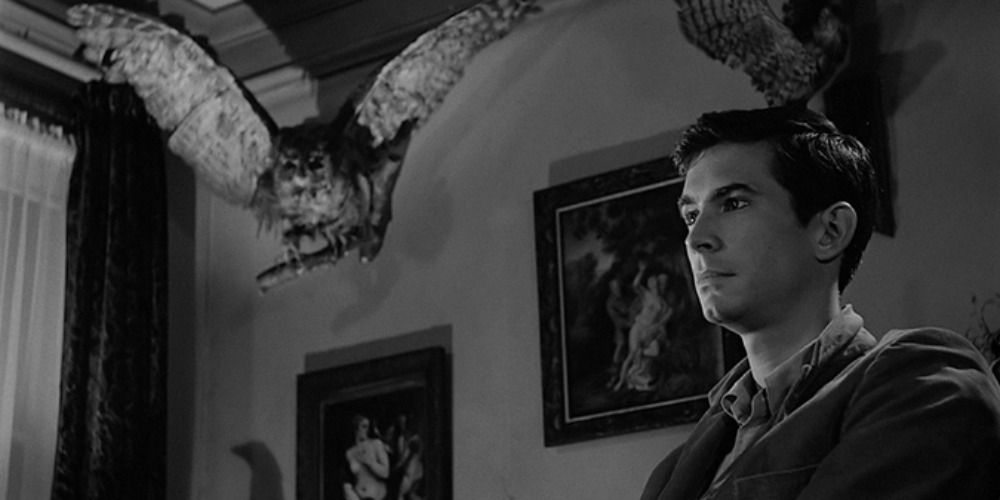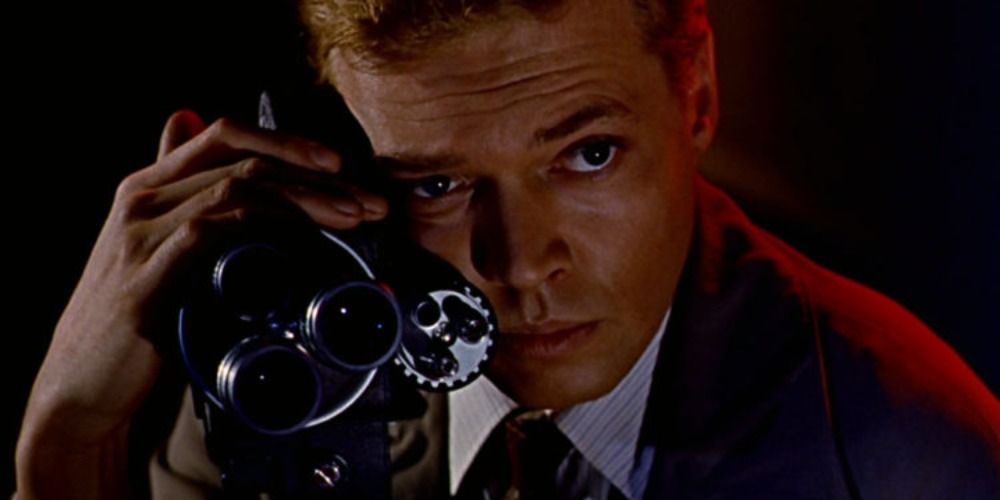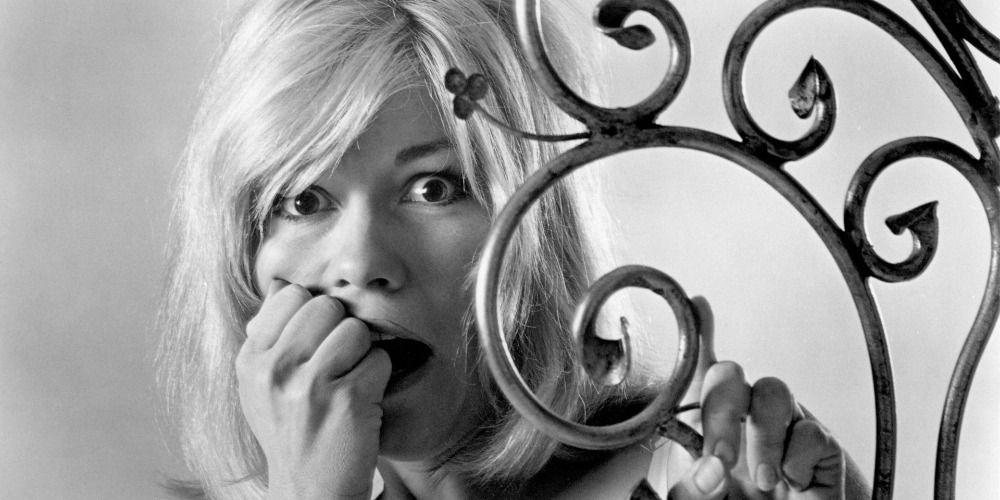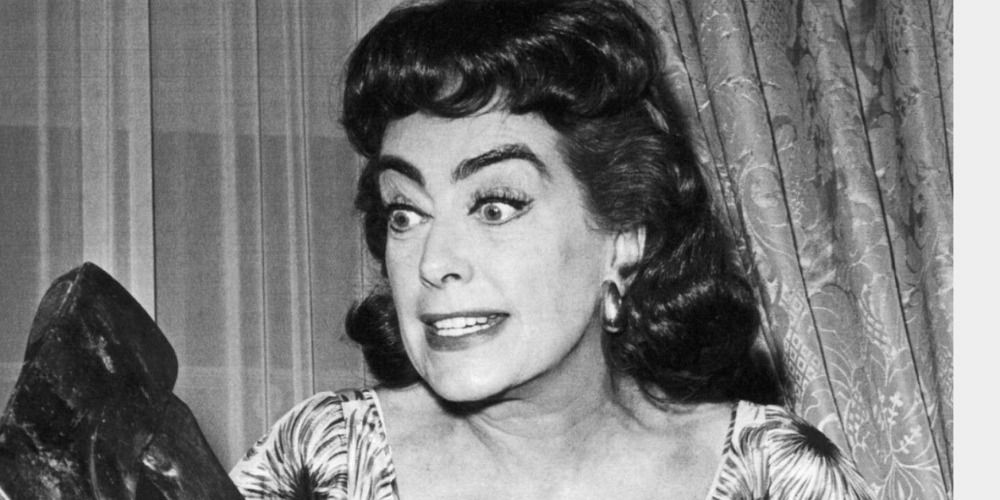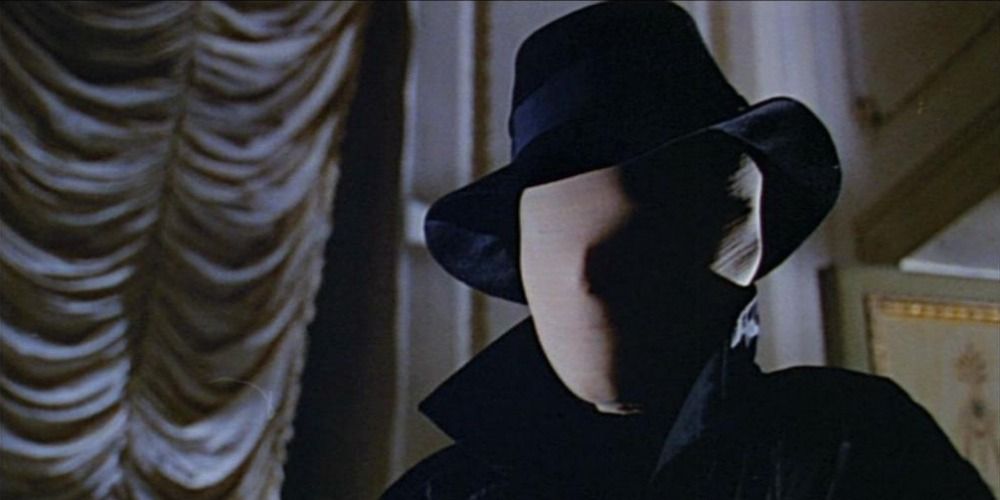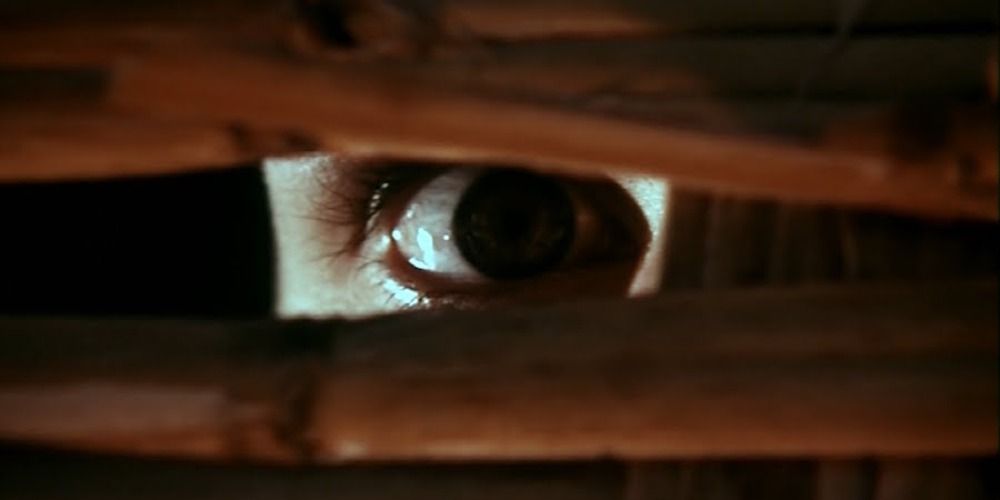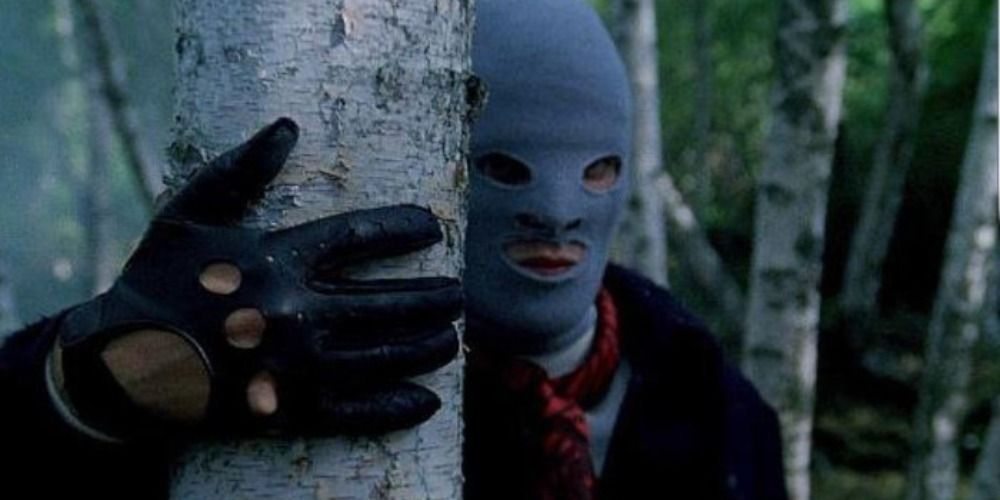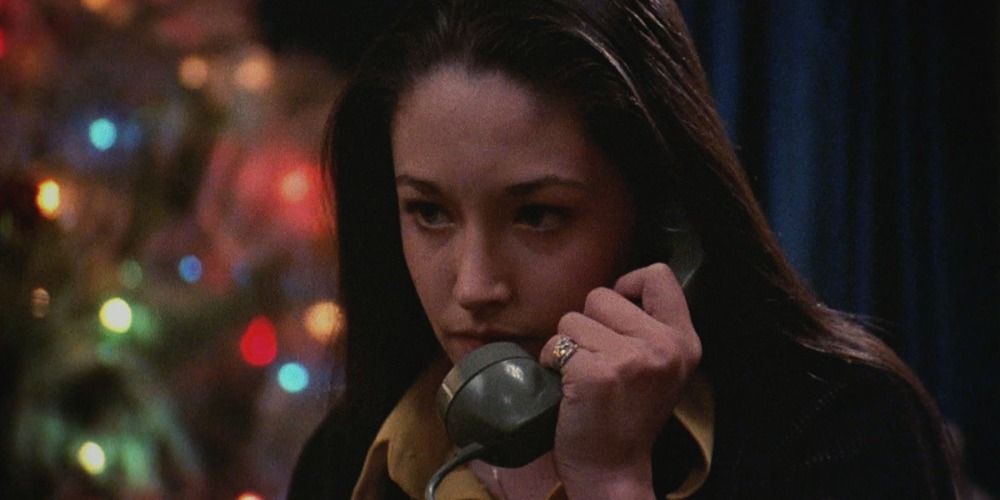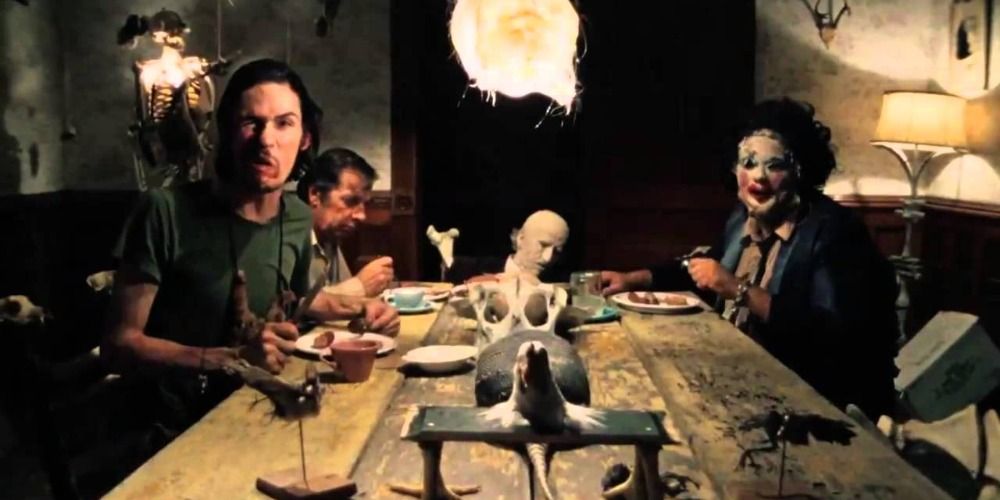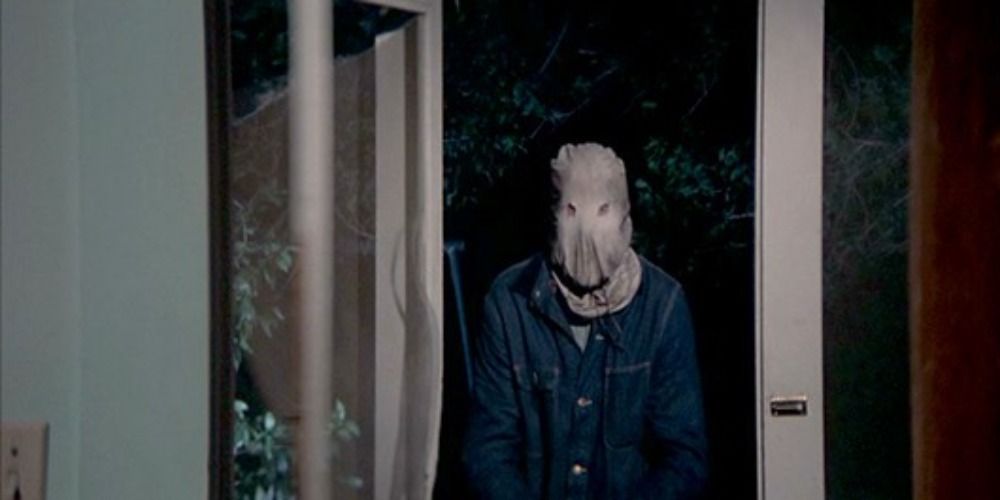The slasher genre is perhaps the most famous subgenre in all of horror. Some of the most iconic horror films fall under the slasher umbrella such as Friday The 13th, and A Nightmare On Elm Street. To many, the first film in this popular category is John Carpenter's Halloween.
While Halloween most certainly set the groundwork for what the genre would become throughout the '80s, it is far from the first film that can be considered a slasher. The pieces existed in various films beforehand, John Carpenter just put them all together to define the genre so many fans love today.
Psycho (1960)
There are few films that have had the cultural impact as Alfred Hitchcock's groundbreaking Psycho. While more of a thriller than a slasher, the movie helped plant the seeds that would eventually spawn the likes of Michael Myers and Ghostface. People being axed off one by one by a mostly unseen assailant is all too familiar.
The film inspired not only the subgenre, but also changed the way all horror films were made from that point forward. While perhaps not a straightforward slasher, it is no stretch to say that the genre would more than likely not exist if not for Hitchcock's most famous work.
Peeping Tom (1960)
Peeping Tom is not as well known to modern audiences as Psycho, but it had close to the same impact on the slasher genre. The film involves a photographer who kills his victims with his tripod while filming them. The movie overs a unique POV angle of some of the murders, which would become a staple of slashers.
The movie isn't much in terms of graphic content by today's standards, but, at the time, it was highly controversial, and the film's villain Mark Lewis walked so those like Jason Voorhees could run. The violence isn't as graphic as future films, but it is more the implication of what is happening that frightened audiences of the 60s. This implied violence would later be called back to in Halloween, as much of the more graphic elements are off-screen.
Dementia 13 (1963)
When film fans hear the name Francis Ford Coppola, they usually think of his most iconic film, The Godfather. Coppola's first major film, however, also had an impact on the industry, albeit in a more subtle way. Dementia 13 was key in helping form the groundwork of the slasher genre.
The film involves a widow who attempts to gain her late husband's inheritance but is stalked by an ax-wielding fiend. The film involves an unknown threat hunting a group of people one by one, which is exactly the basic premise of a slasher. There are still a few elements missing, but this is a film that deserves credit for helping jumpstart the process.
Strait-Jacket (1964)
Strait-Jacket is applauded for not only being an early example of a slasher, but also featuring a female slasher villain, which is rare even today. Directed by cult legend William Castle, Strait-Jacket features Hollywood legend Joan Crawford as a mother recently released from a psychiatric hospital. She is living with her daughter, and suddenly bodies begin appearing and Joan is the prime suspect.
This film has nearly all the ingredients of a great slasher, and Joan Crawford's chilling performance alone makes this movie an instant classic and a must-see for genre fans. In what would eventually become typical of slashers, critics hated this movie but horror hounds ate it up.
Blood And Black Lace (1964)
In what is perhaps one of the earliest examples of a masked killer, the Italian shocker Blood And Black Lace has nearly all of the ingredients for a classic slasher. The film involves a sinister masked figure, and it moves throughout a Roman fashion house and takes out the models inside.
The film is what is known as a Giallo, which is an Italian horror film that served as a precursor to the slasher genre. The film was directed by Italian horror master Mario Bava and includes many of his signature trademarks, including violence that censors of the time despised.
A Bay Of Blood (1971)
Also known as Twitch Of The Death Nerve, A Bay Of Blood involves a revenge plot that is more than commonplace in future slasher films. After the passing of a wealthy countess, bodies begin piling up when a group of characters attempts to take her estate for their own.
The idea of a killer appearing after the death of another character is what spawned such films as Friday the 13th and I Know What You Did Last Summer. The film was incredibly graphic for the time, which also became commonplace as later slasher films constantly pushed the envelope of what could be seen onscreen.
Torso (1973)
In what is the closest to what the slasher genre will become, Torso has all the ingredients. A masked assailant stalks a group of coeds and offs them one by one, and the concept of a masked man taking out a group of young college girls is exactly what the slasher genre would eventually become.
From violent deaths to highly gratuitous scenes with the women, Torso showcases many of the slasher tropes together for the first time. The movie isn't very well known to modern audiences, and it is yet another classic in the Italian horror library. Fans of the slasher genre should check this one out to see some of the earliest examples of their favorite clichés.
Black Christmas (1974)
In an early example of a holiday-themed slasher, Black Christmas involves a group of sorority girls who are stalked by an unknown man over their Christmas break. The movie is directed by Bob Clark, who would later go on to direct the classic A Christmas Story almost 10 years later.
The movie is arguably one of the direct inspirations for Halloween and was one of the last released before The Shape's debut in 1978. The movie enjoys a cult following and is highly regarded as one of the early slashers. The movie even recieved two remakes like so many other classic horror films, cementing it as a horror—and, to a lesser extent, Christmas—staple.
The Texas Chainsaw Massacre (1974)
The legendary Tobe Hopper classic has been the debate of many fans regarding its status as a slasher. Whether or not seen as an early slasher, fans agree that the movie definitely helped light the spark the ignited the horror boom of the late 70s and 80s. The movie is regarded as one of the greatest horror films of all time, and it is no surprise why.
The film's gritty almost documentary-style sets it apart from other films of the time, and the movie's iconic Leatherface character would go on to become one of the most well-known faces of the genre. The movie isn't as violent as many people remember, but it is the tone of the film that makes it one of the scariest of all time.
The Town That Dreaded Sundown (1976)
One look at The Town That Dreaded Sundown, and the influence is obvious. The film's masked baddie looks identical to the first adult appearance of Jason Voorhees in Friday the 13th Part II before he obtains his iconic hockey mask in the following film.
The film is a very loose retelling of an actual string of still-unsolved murders in Texarkana. This movie, while somewhat true, was the final bit of groundwork that would spawn the slasher genre in full a mere two years later with Halloween. The movie was later remade, but fans of the original still applaud the eerie feeling and the chilling message at the end that the killer was still loose, which was actually true when the movie released.

